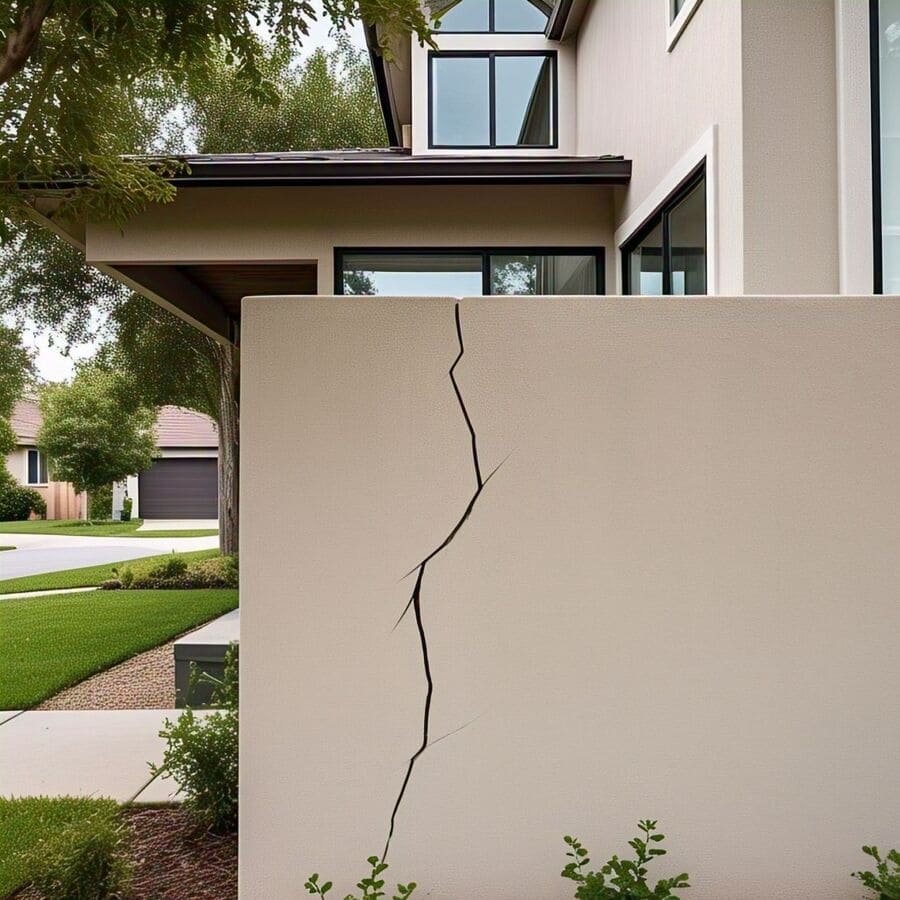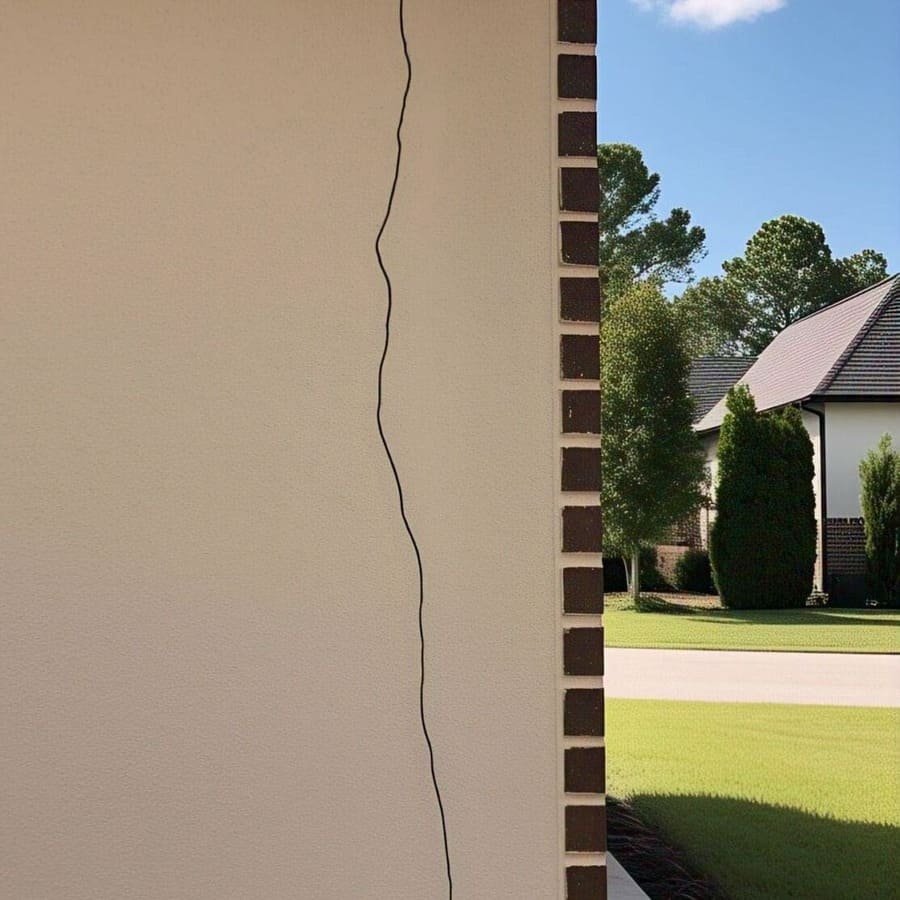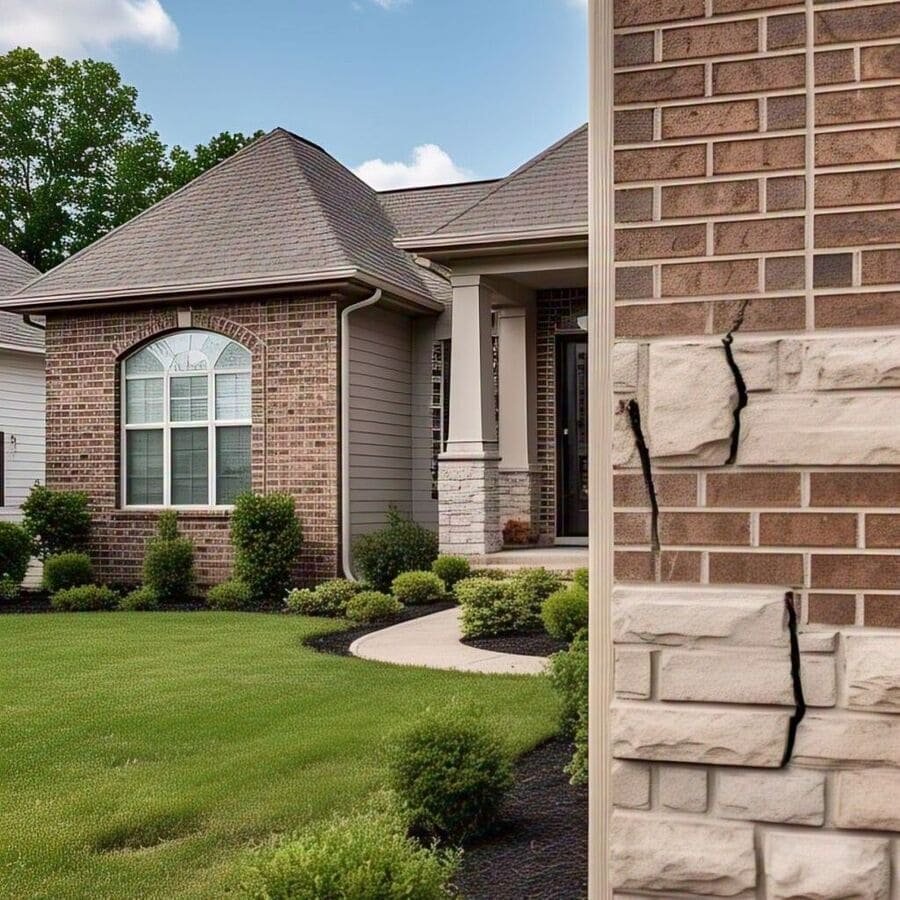A home’s foundation is like the legs of a chair. If one leg is out of whack, the entire chair could tip over. So, when your foundation starts to suffer, the whole structure is at risk. And, unfortunately, foundation damage is more common than you think.
But don’t panic just yet. Understanding the causes of foundation damage—and more importantly, knowing how to prevent them—can help keep your home strong and stable for years. Let’s dive into the most common causes of foundation damage and what you can do to stop it in its tracks.
Contact us if you need foundation repair service in Billings, MT
1. Soil Movement: The Silent Culprit
Soil isn’t as still as it may seem. It shifts, settles, and changes with the seasons. And guess what? Your foundation is directly affected by it.
How soil movement causes foundation damage:
- Shrinkage and Expansion: When soil around your foundation dries out (think hot summer months), it can shrink. In contrast, when it absorbs moisture (like during heavy rain), it expands. This constant change can create pressure on the foundation, causing cracks or even shifting.
- Uneven Settling: If the soil beneath your foundation isn’t evenly compacted, it can settle unevenly over time. This can lead to uneven floors, cracks, and walls that tilt.
Prevention Tips:
- Keep moisture consistent: Use a soaker hose or irrigation system to keep the soil consistently moist around your foundation, especially during dry spells.
- Proper Drainage: Ensure water is directed away from your foundation with well-maintained gutters, downspouts, and French drains. This helps prevent the soil from becoming too saturated or too dry.
- Soil Testing: Before building, get a soil test to understand how it behaves. This can help you choose the right foundation type for your home.

2. Water Damage: The Root of Most Problems
Water is one of the biggest enemies of a foundation. Too much water or poorly managed water drainage around your home can lead to all sorts of foundation issues.
How water causes foundation damage:
- Water Saturation: When the soil around your foundation becomes too wet, it can put pressure on the foundation walls, causing them to crack or bow.
- Erosion: Water can erode the soil around your foundation, leaving gaps and causing the foundation to settle unevenly. Over time, this can cause major shifting and cracks.
- Freezing Water: In colder climates, water that seeps into foundation cracks can freeze, expand, and cause even bigger cracks. The freeze-thaw cycle is particularly damaging.
Prevention Tips:
- Fix Leaks Early: Keep an eye on your plumbing for any leaks. Even small leaks can lead to big problems if they aren’t fixed in time.
- Proper Drainage: Ensure your yard slopes away from your home, and that gutters are working properly to direct water away from the foundation.
- Install a Sump Pump: If your basement or crawl space is prone to flooding, install a sump pump to remove excess water quickly.
3. Tree Roots: The Quiet Foundation Threat
Tree roots are sneaky. They seem harmless, but they can do a lot of damage when they grow too close to your foundation.
How tree roots cause foundation damage:
- Root Expansion: As tree roots grow, they can push against the foundation, causing cracks and shifting. In some cases, they can even lift or shift the foundation slabs.
- Water Absorption: Large tree roots can draw moisture from the soil around your foundation. This can lead to uneven soil shrinkage and expansion, causing cracks and settling.
Prevention Tips:
- Tree Placement: Avoid planting trees too close to your foundation. A good rule of thumb is to plant them at least 10 feet away from your home.
- Root Barriers: If you have large trees near your home, consider installing root barriers to keep the roots from encroaching on the foundation.
- Regular Tree Maintenance: Trim tree roots and branches that grow too close to your home to prevent any future problems.
4. Poor Construction Practices: It Starts from the Ground Up
It’s hard to fix something if it was never built right in the first place. Poor construction practices can lead to foundation issues even before you move in.
How construction practices contribute to foundation damage:
- Improper Site Preparation: If the ground wasn’t properly compacted or leveled before construction, your foundation could settle unevenly, causing cracks.
- Inadequate Waterproofing: If a home’s foundation isn’t properly waterproofed during construction, water can seep in, leading to cracks, mold, and other water-related damage.
- Weak Concrete: Sometimes, the quality of the concrete used in the foundation is poor. If the mix was wrong or the concrete wasn’t cured properly, the foundation may crack or weaken over time.
Prevention Tips:
- Hire a Quality Contractor: When building a new home, make sure you hire experienced, reputable contractors who understand the importance of a solid foundation.
- Inspect Regularly: Regularly inspect your foundation, especially after heavy rain or major construction near your home, for any signs of movement or cracking.
5. Improper Drainage: The Hidden Foundation Killer
Improper drainage might sound like a minor issue, but it can lead to major foundation damage over time. Standing water around your foundation is a recipe for disaster.
How poor drainage causes foundation damage:
- Water Pooling: If water accumulates around your foundation due to clogged gutters, poor grading, or other issues, it can saturate the soil and put pressure on the foundation.
- Water Seepage: In areas with poor drainage, water can seep into the basement or crawl space, leading to dampness, mold growth, and weakening of the foundation walls.
Prevention Tips:
- Clean Gutters Regularly: Make sure your gutters are clear of debris and that downspouts are directing water away from the foundation.
- Install French Drains: French drains are a great way to move water away from your foundation, preventing pooling and reducing the risk of erosion.
- Landscape with Drainage in Mind: Ensure the grading of your yard slopes away from your home so water doesn’t pool around the foundation.
6. Temperature Fluctuations: The Freeze-Thaw Cycle
In areas with cold winters, temperature fluctuations play a huge role in foundation problems. The freeze-thaw cycle is particularly tough on foundations.
How temperature fluctuations cause foundation damage:
- Freezing and Thawing: When water enters small cracks in the foundation and freezes, it expands, causing the cracks to grow. When the temperature rises, the ice thaws, but the damage is already done.
- Soil Expansion: When the temperature rises, frozen soil around your foundation thaws. This can cause the soil to expand, putting pressure on the foundation walls.
Prevention Tips:
- Insulate Your Foundation: Insulating your foundation can help reduce the effects of freezing and thawing. It can also keep the temperature around the foundation more stable.
- Fix Cracks Early: If you notice cracks in your foundation, seal them promptly. This will help prevent water from seeping in and freezing during colder months.
7. Foundation Settling: It’s All About Time
Like it or not, foundations naturally settle over time. It’s a part of the process as the weight of the house gradually presses down on the soil below. However, in some cases, excessive settling can lead to significant damage.
How settling causes foundation damage:
- Uneven Settling: If a foundation settles unevenly, it can lead to tilting, cracking, and even structural failure.
- Differential Settling: This occurs when one part of the foundation settles more than another, causing instability in the structure.
Prevention Tips:
- Monitor the Foundation: Pay attention to signs of settling, such as cracking or uneven floors, and address them early.
- Proper Soil Preparation: Before building, make sure the soil is compacted properly and is stable enough to support the weight of the home.
Conclusion: Stay Ahead of Foundation Damage
Your foundation is the backbone of your home. If it’s damaged, everything else can suffer too. But here’s the good news: most foundation damage can be prevented with the right knowledge and preparation.
- Keep water away: Manage moisture levels and ensure proper drainage.
- Watch for signs: Look out for cracks, uneven floors, and sticking doors.
- Be proactive: Address issues before they get worse.
By understanding the common causes of foundation damage and taking the right preventive steps, you can protect your home for years to come. Remember, small fixes today can save you from expensive repairs tomorrow!


